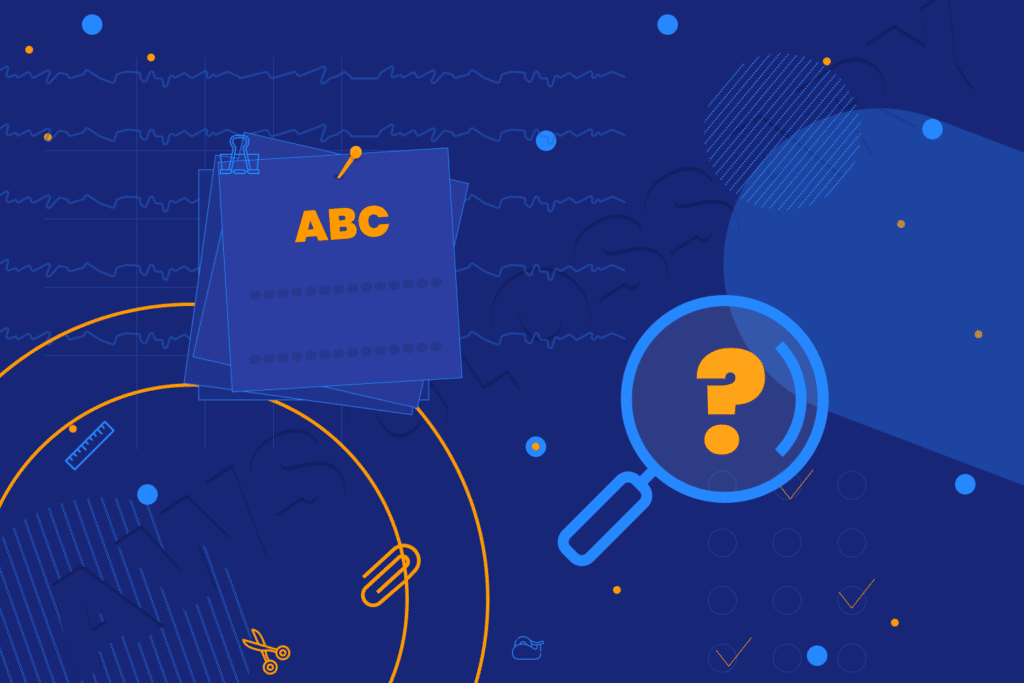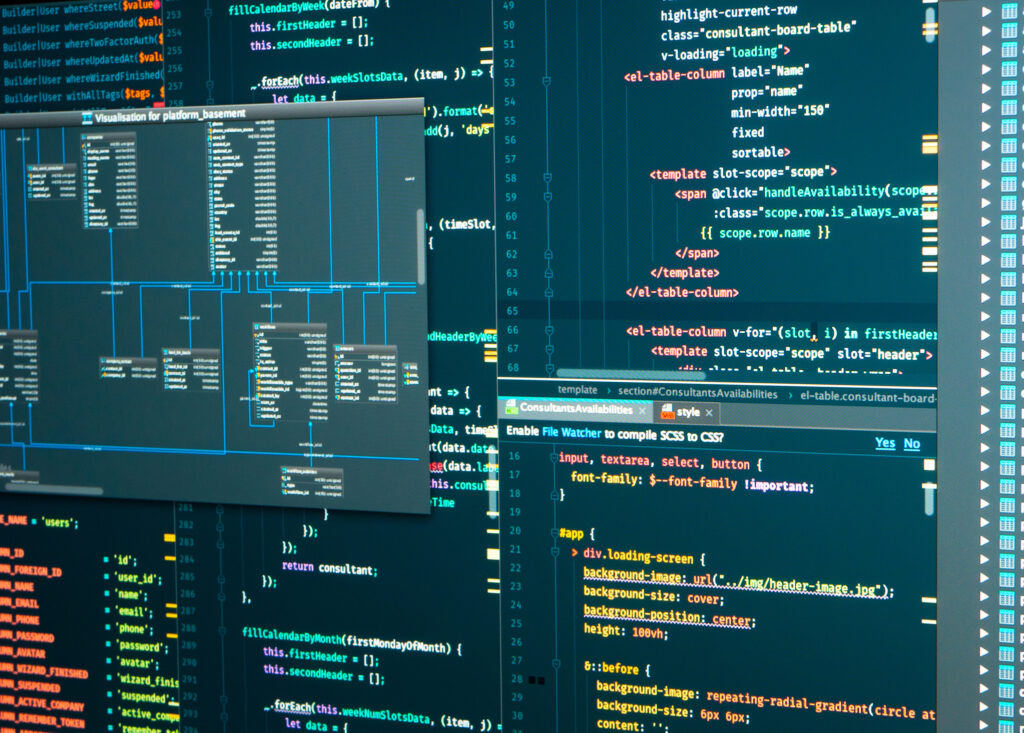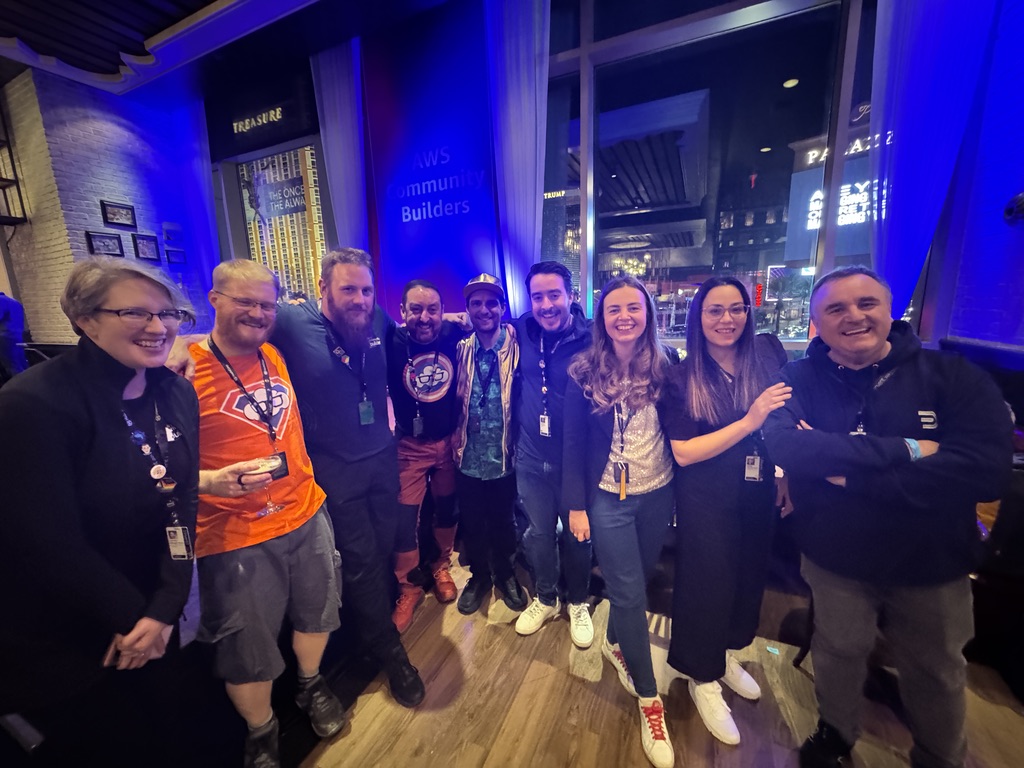
Logicata AI Bot
July 7, 2025
The Logicata AI Bot automatically transcribes our weekly LogiCast AWS News Podcasts and summarises them into informative blog posts using AWS Elemental MediaConvert, Amazon Transcribe and Amazon Bedrock, co-ordinated by AWS Step Functions.
In the latest episode of LogiCast, the AWS News podcast, host Karl Robinson and co-host Jon Goodall, along with special guest Tim Dodd, dive into the latest AWS developments and their implications for the tech community. From groundbreaking database features to AI-powered Chrome extensions, this episode covers a wide range of topics that are shaping the cloud computing landscape.
DynamoDB Global Tables with Multi-Region Strong Consistency
The first topic of discussion was the general availability of Amazon DynamoDB Global Tables with multi-region strong consistency. This feature, which was previously in preview, has generated significant excitement in the AWS community.
Jon expressed his enthusiasm for this development, stating, “AWBS has taken on physics and appears to have won, which is no mean feat that they’ve basically beaten physics into submission.” He drew parallels between this feature and Aurora DSQL, suggesting that they might be using the same data plane backbone.
The significance of this feature lies in its ability to provide strongly consistent data across multiple regions, down to millisecond latency. This opens up new possibilities for building properly regionally distributed systems. However, it’s important to note that the feature is currently limited to a handful of tier-one regions.
Jon emphasized the practical applications of this feature, explaining, “Now, it’s strongly consistent. It’s limited though to a handful of regions. It’s the big ones, it’s the tier one, for lack of a better term, regions, but it’s not everywhere yet.”
Tim added his perspective, highlighting the importance of this feature for data integrity, high availability, and disaster recovery. He noted, “The ability to function in a high availability across the pond just didn’t exist when I worked at Oracle. So I think that’s a huge, huge thing.”
ECS-Optimized Windows Server 2025 AMIs
The conversation then shifted to the announcement of Amazon ECS-optimized Windows Server 2025 AMIs. While the hosts admitted that they don’t typically focus on Windows, this announcement sparked an interesting discussion about containerization and the challenges of running Docker workloads on Windows.
Jon expressed his frustration with the limitations of running Docker containers across different operating systems. He explained, “There’s this really annoying restriction with running Docker workloads, cos you think, well, it’s a container, you can just put a Windows container in a Linux box, but you can’t.”
Despite his general aversion to Windows, Jon acknowledged the importance of this update for those running .NET applications in Docker containers. He advised, “I would still recommend in as far as possible, looking at things like Firegate or looking at moving to running .NET on Linux because you will just have a better time of things.”
Tim offered a more positive perspective on the announcement, highlighting three key benefits: auto-scaling capabilities, managed patching, and the opportunity for app modernization. He suggested that this update could be particularly relevant for government agencies and organizations looking to upgrade their legacy Windows environments.
AWS Backup Support for S3 in GovCloud
The podcast then turned its attention to a new feature announcement regarding AWS Backup support for copying Amazon S3 backups across regions and accounts in the AWS GovCloud US region.
Tim emphasized the significance of this feature in light of recent developments in US government cloud strategy. He explained, “We just passed a huge budget in the US that we call the big beautiful bill. So there’s a cloud first strategy going on in a lot of government, so the fact that this is out is awesome.”
Tim also highlighted the importance of the 3-2-1 backup strategy (3 copies, 2 media, 1 off-site) and how this feature aligns with that best practice. He noted that many government agencies have been hesitant to adopt cloud solutions for backups, making this feature a potentially game-changing development.
Jon used this announcement to highlight the differences between commercial AWS regions and GovCloud. He pointed out that GovCloud often lags behind in feature availability, stating, “GovCloud is not even a tier 3 service, it’s like a tier 4 or tier 5 region because stuff comes to that so late.”
Despite the delay in feature availability, Jon emphasized the importance of this update for GovCloud users, particularly in terms of data availability and disaster recovery capabilities.
AI-Powered Chrome Extension for Web Page Understanding
The discussion then moved to an innovative AI application: a Chrome extension developed by AWS hero Evandro Pires that uses AI to summarize and explain web pages.
Jon expressed enthusiasm for this practical application of AI, stating, “I love this sort of thing because it’s a practical application of AI that isn’t vaporware or vibe coding.” He highlighted two key benefits of the extension: summarizing long articles and potentially translating content from other languages.
Jon noted the potential of this tool to address the challenge of short attention spans in the digital age, as well as the language barriers that non-English speakers often face when navigating the internet.
Tim added a compelling use case for this technology, suggesting it could be used to help citizens navigate complex government services. He explained, “Think about from a citizen service perspective… I think this is a really good use case that you can use the extension to help you apply for these government services.”
Building a Generative AI Landing Zone on AWS
The final topic of discussion was an article about rapidly building a generative AI landing zone on AWS. This concept combines traditional landing zone principles with specific considerations for AI workloads.
Jon explained that a generative AI landing zone is not fundamentally different from a standard landing zone, but rather serves a different purpose. He broke down the five layers of the architecture:
1. Foundational guardrails (including Bedrock-specific guardrails)
2. Dev fast lane (including prompt catalogs)
3. Composable building blocks (including AI agents and RAG workflows)
4. Observability and cost management (with Bedrock-specific metrics)
5. Continuous governance (with AI-specific policies and controls)
Jon emphasized that while the specifics may differ, the core principles of a landing zone remain the same: compliance by default, developer sandboxes, reusability, visibility, and security.
Conclusion
This episode of LogiCast highlighted the rapid pace of innovation in the AWS ecosystem, from database technologies to AI applications. The discussions underscored the importance of staying informed about these developments and considering their potential impact on various industries and use cases.
As the cloud computing landscape continues to evolve, it’s clear that AWS is pushing the boundaries of what’s possible, whether it’s achieving multi-region strong consistency or enabling AI-powered tools for everyday use. For IT professionals and decision-makers, keeping abreast of these changes is crucial for making informed choices about cloud strategy and implementation.
This is an AI generated piece of content, based on the Logicast Podcast Season 4 Episode 27.





